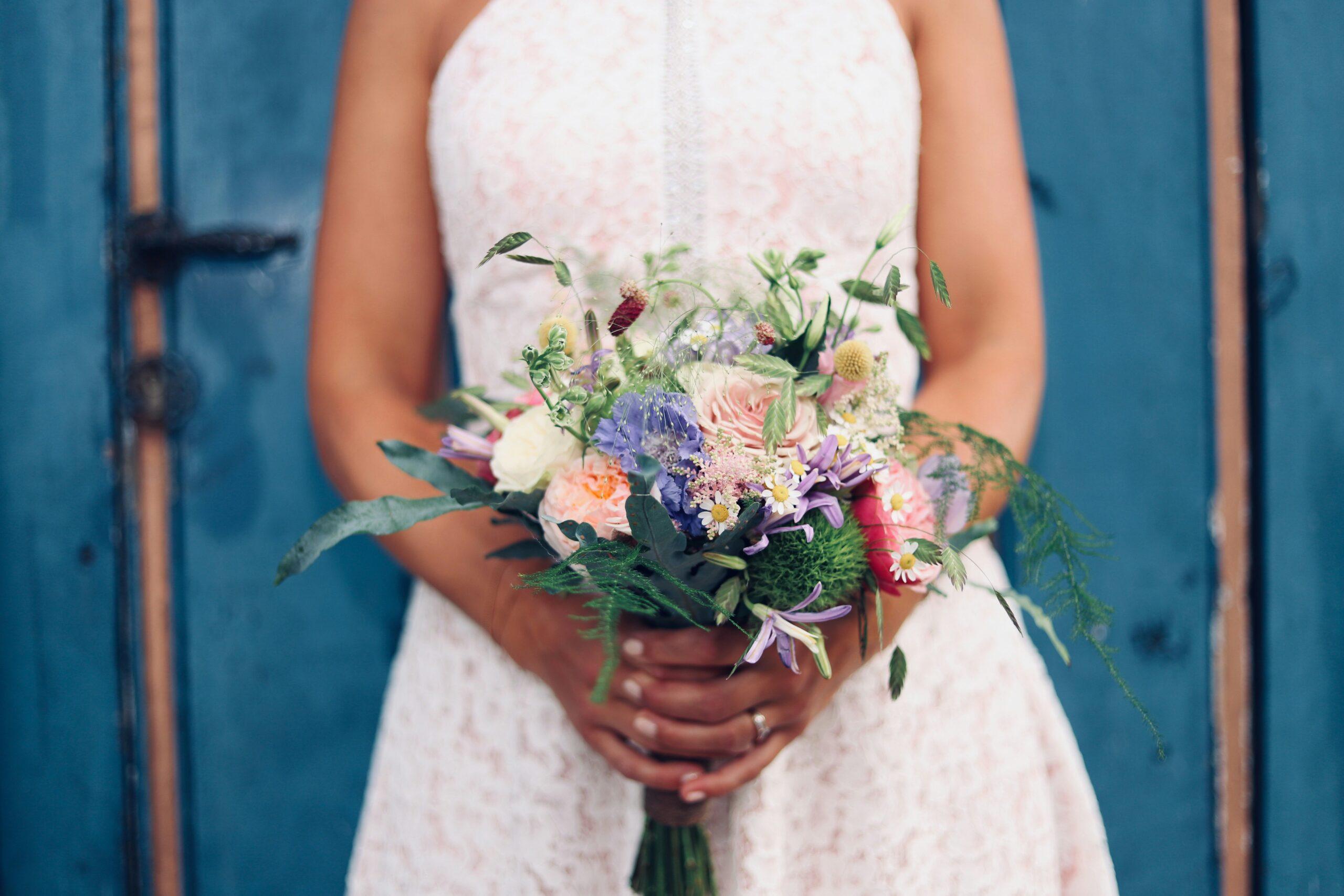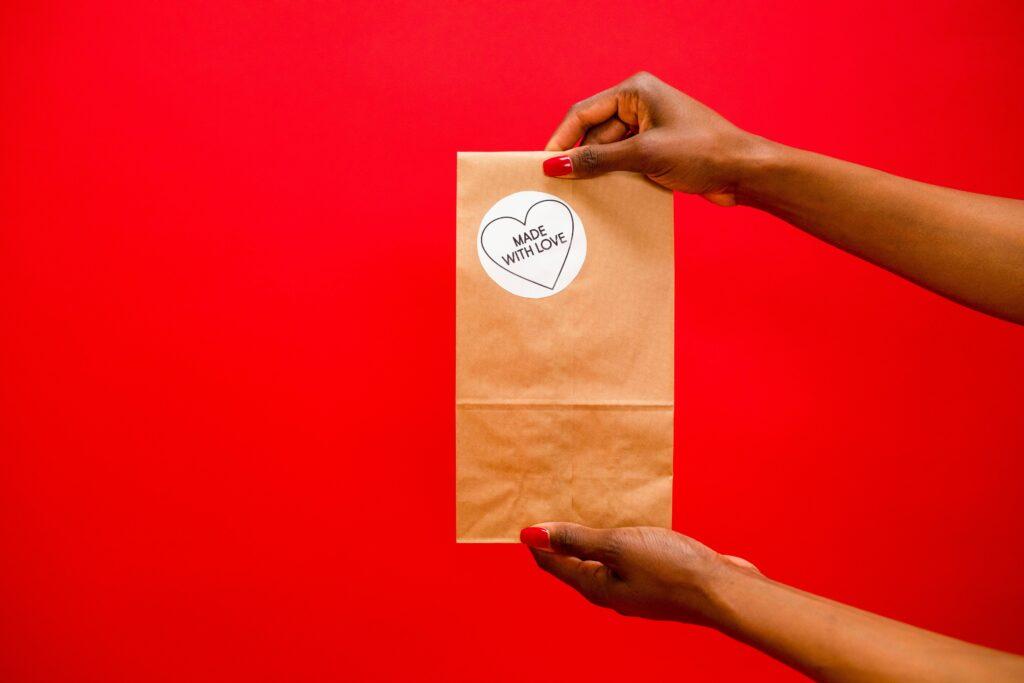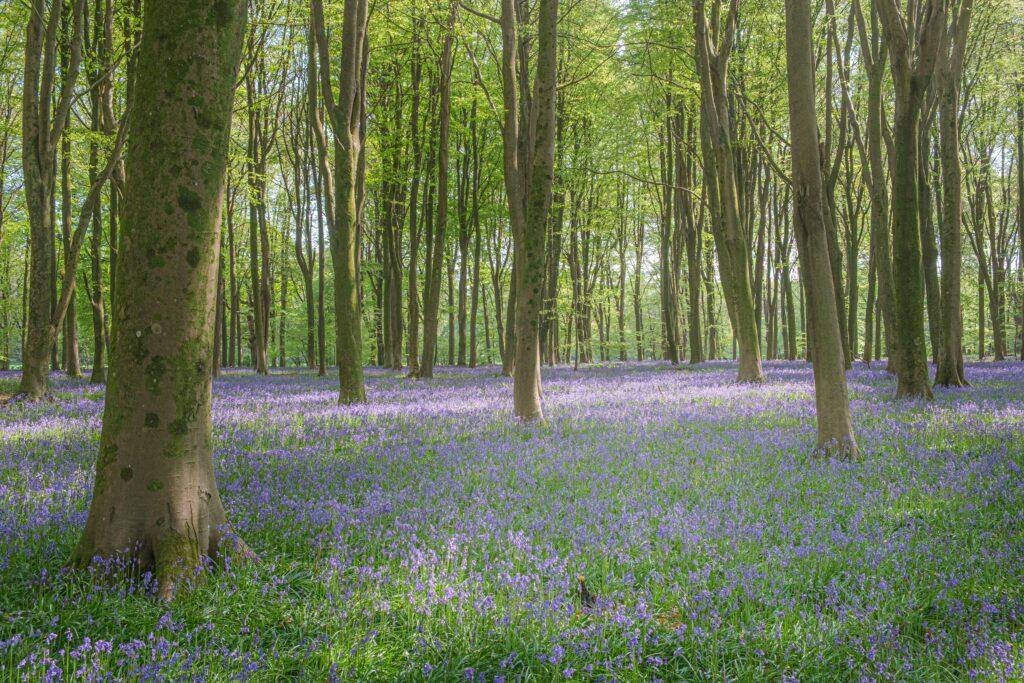Have you ever dreamed of walking down the aisle with a stunning wedding bouquet that smells as fresh as nature itself? What if I told you it’s possible—without sacrificing sustainability or style?
Your wedding day deserves nothing less than perfection. But here’s the kicker: organic flowers not only look breathtaking, they’re also eco-friendly and healthier for the planet (and your skin!). In this guide, we’ll explore how to craft an organic wedding bouquet—from choosing seasonal blooms to styling tips straight out of Pinterest heaven.
Table of Contents:
Key Takeaways
- Organic flowers are free from harmful pesticides and chemicals, making them safe for both people and the environment.
- Seasonal blooms ensure freshness, affordability, and reduced carbon footprint.
- Incorporating unique textures like herbs or dried grasses can elevate your bouquet’s aesthetic appeal.
Why Go Organic for Your Wedding Bouquet?
Picture this: You’re holding a bouquet filled with vibrant roses and lush greenery—but wait! They’ve been doused in enough chemicals to make even Hulk Hogan cringe. Ew.
Choosing organic flowers ensures that no pesticides or synthetic fertilizers were used during cultivation. This means:
- Skin Safety: No more worrying about weird rashes after carrying your bouquet all day.
- Eco-Friendly Impact: Supporting sustainable farming practices keeps soil healthy for future generations.
- Aroma Appeal: Natural scents pack a punch compared to artificially enhanced petals.
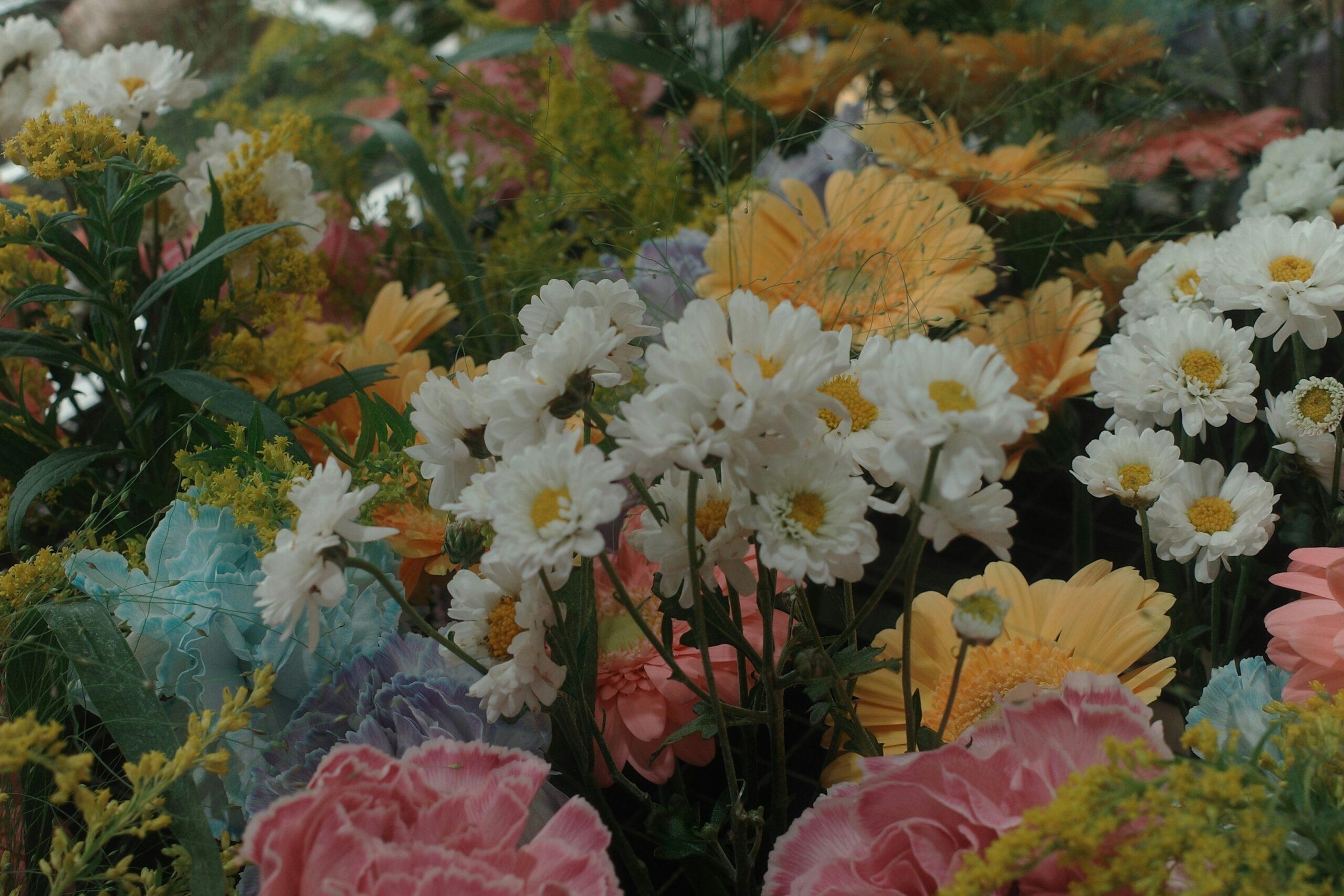
Organic flowers come in an array of colors, textures, and fragrances perfect for any bride’s taste!
Step-by-Step Guide to Building Your Organic Bouquet
Step 1: Choose Seasonal Blooms
Optimist You: “I’ll use peonies because they’re so romantic!”
Grumpy You: “Unless it’s July…then you’ll need to rethink since peonies aren’t in season.”
Picking seasonal blooms ensures your bouquet stays fresher longer while keeping costs lower. Plus, Mother Nature approves!
Step 2: Mix Textures and Colors
Don’t limit yourself to just one type of flower; combine them with complementary foliage like eucalyptus or lavender sprigs. The mix adds depth and uniqueness to your arrangement.
Step 3: Consult Local Farmers
Support small businesses by sourcing locally grown organic flowers. Not only does this cut down on transportation emissions but local florists often have insider knowledge on what grows best nearby.
Tips & Best Practices
- DIY Alert: Creating your own bouquet might save money—but be warned: “Pinterest fails” do exist. Double-check tutorials before diving in headfirst.
- Preserve Forever: Press some of those precious petals into a keepsake book post-wedding—it’s like capturing time in bloom form!
- Bad Advice Disclaimer: Avoid overstuffing your bouquet just because bigger seems better. Less is often more when balancing elegance and practicality.
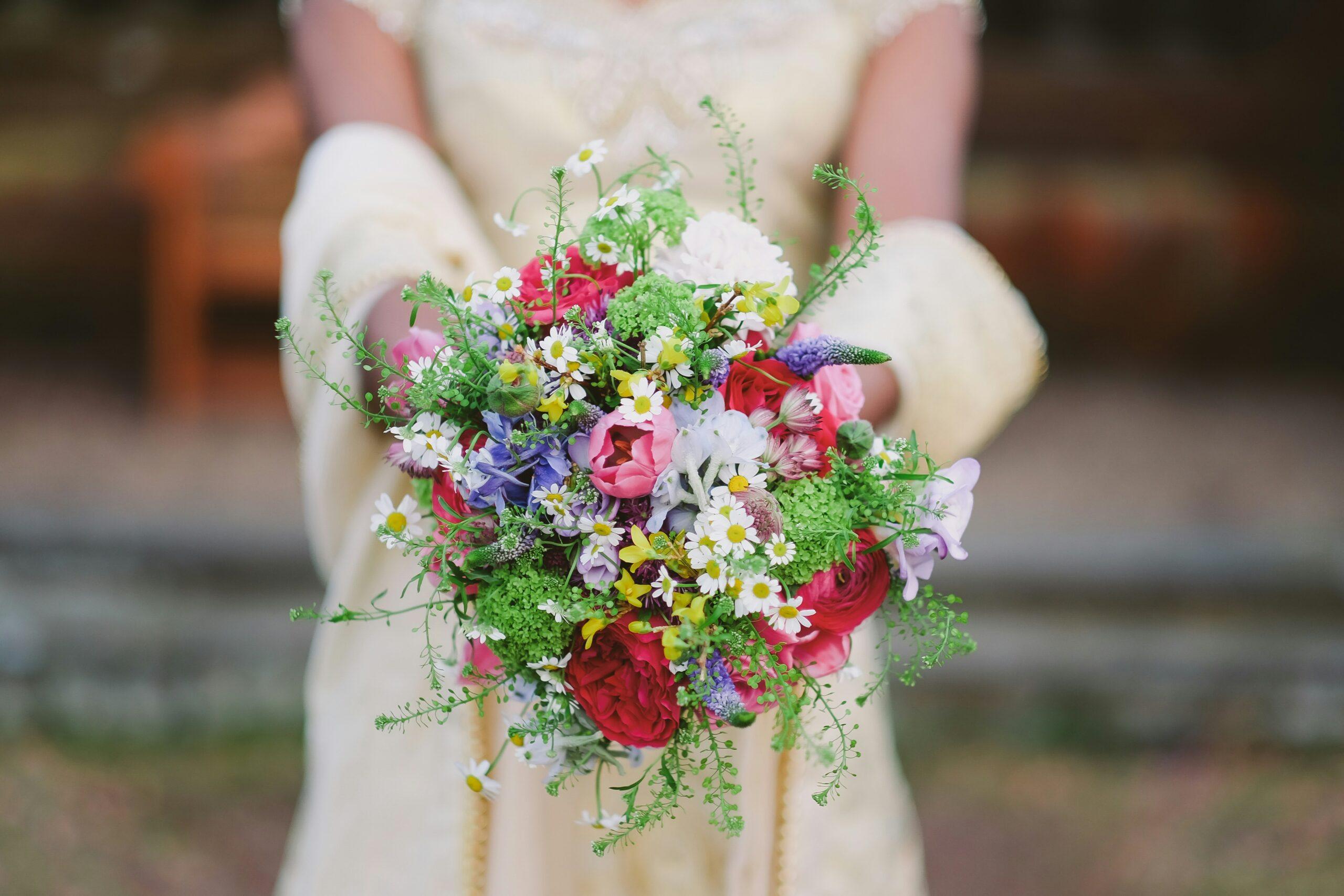
A beautifully designed organic wedding bouquet using seasonal flowers and greens.
Real-Life Inspiration: Stunning Organic Bouquets
Consider Sarah, whose vision came alive via dahlias, ranunculus, and thistle wrapped elegantly together—a masterpiece reflecting her love for simplicity mixed with bold flair. Or Emma, who paired blush gardenias with silver dollar eucalyptus creating understated sophistication amidst vintage decor.
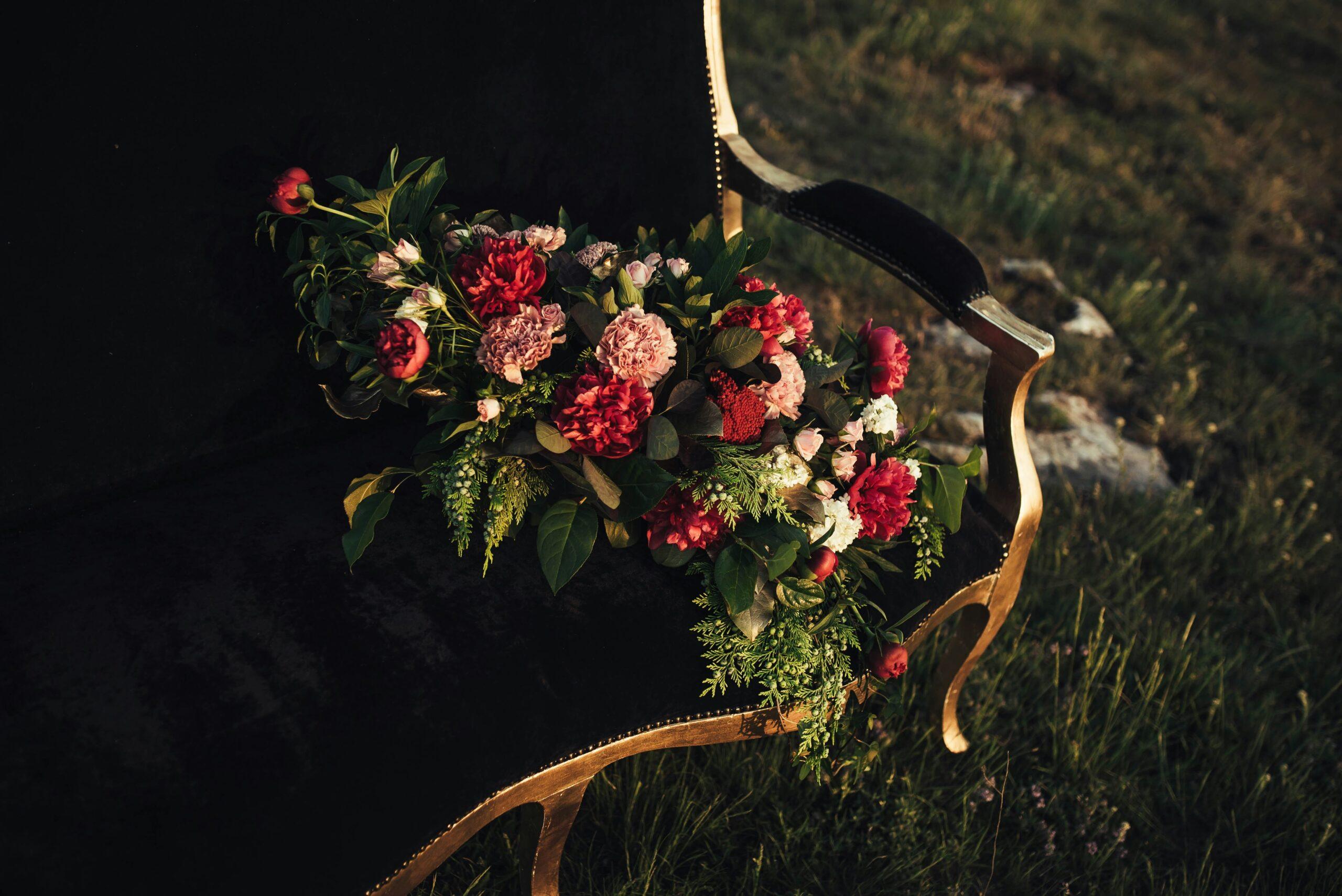
Different styles of organic bouquets catered towards varying themes—from boho chic to classic elegance.
FAQs About Organic Wedding Bouquets
Are organic bouquets more expensive?
Not necessarily! While specialty arrangements may cost extra depending on location/accessibility, opting for seasonal picks reduces overall expenses significantly.
Where can I find certified organic florists?
Websites like [LocalHarvest](https://www.localharvest.org/) list verified farms offering everything needed for crafting dreamy eco-conscious creations.
Can I dry my bouquet afterwards?
Absolutely! Hang upside-down in a cool, dark space away from sunlight until completely dried. Voilà—a forever memory captured naturally!
Conclusion
Crafting an organic wedding bouquet isn’t just about aesthetics—it’s about aligning values with choices. By selecting pesticide-free, locally sourced blooms, you contribute positively toward environmental health without compromising beauty standards.
“Beauty fades; flowers don’t last forever… But memories crafted sustainably? Timeless.”
*Bonus haiku for my fellow romantics:*
Petals softly fall,
Love whispered through spring’s breath,
Earth smiles at our vows.*
